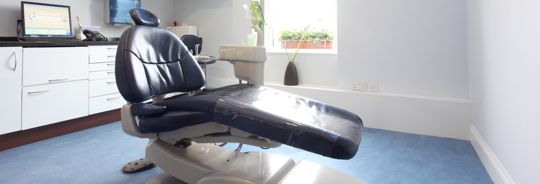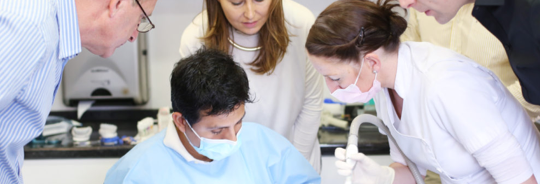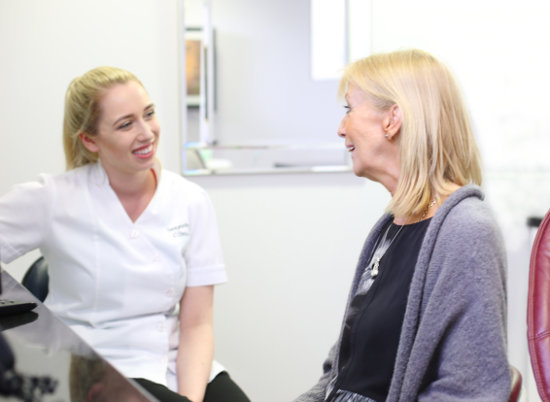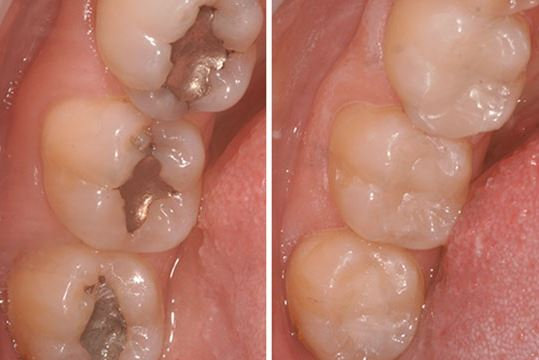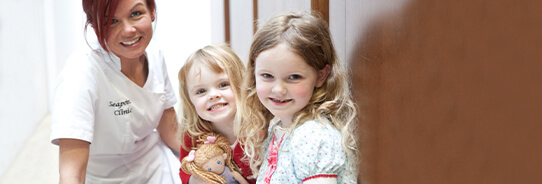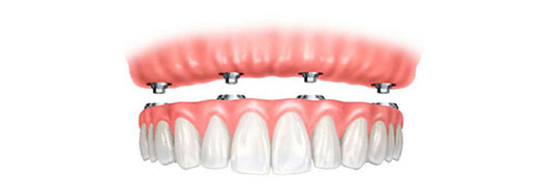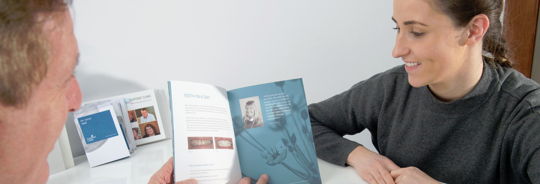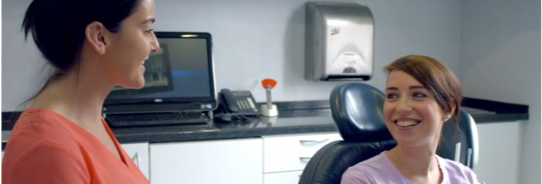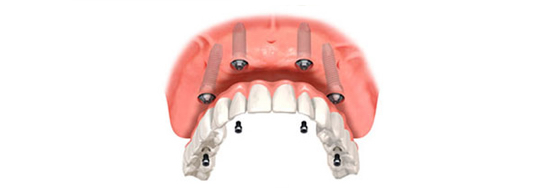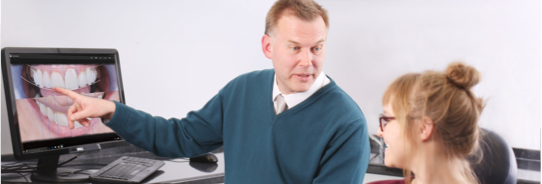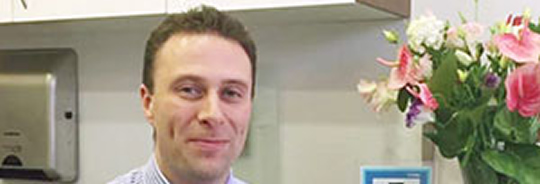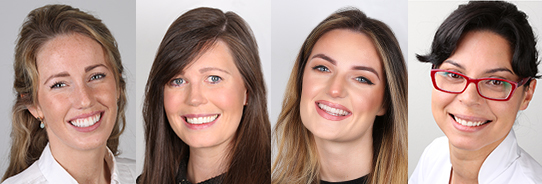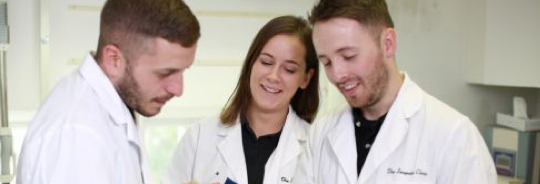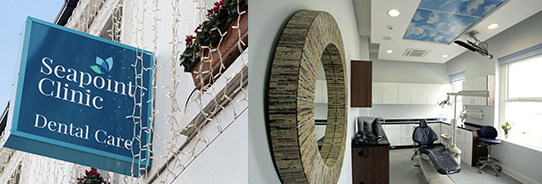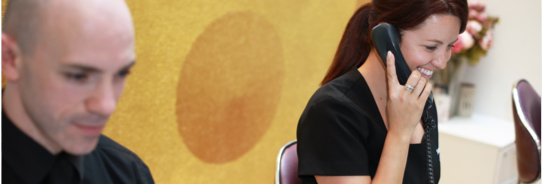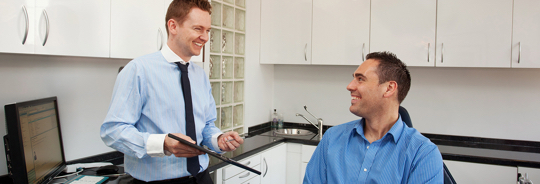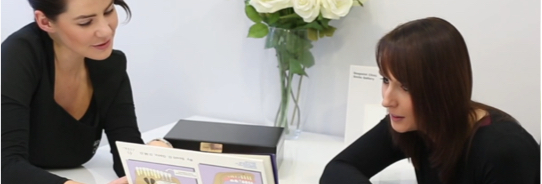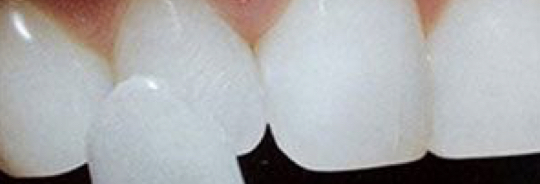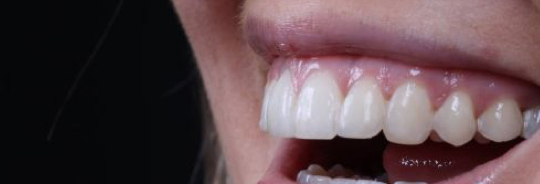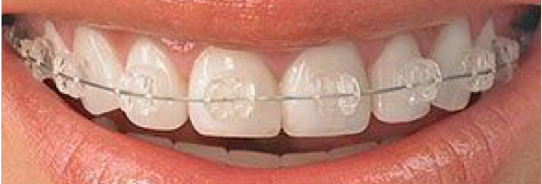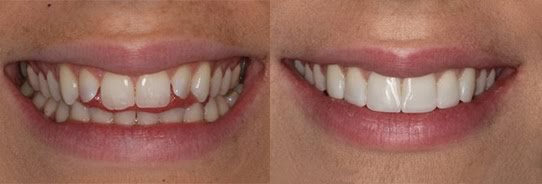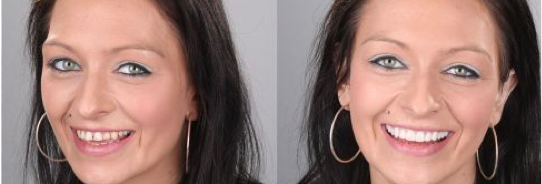
Blog
We post all the latest information here regularly so it's always up to date for you. If there is a topic you would like to have us cover please ask.
31 May 2022
Zero Bone Loss Dental Implants

If bone loss around dental implants can be prevented then that would eliminate the biggest cause of failure and potentially allow implants to last far longer. Dental implants have been widely used now for over 50 years and it had been accepted that some bone loss is basically inevitable over time. Sometimes bone was maintained in some people but it was largely hit and miss and can be "luck of the draw".
Some scientists analysed the bone loss over decades and identified some concepts which lead to less or even zero bone loss over time.

The main concepts of which were identified in a book:
Surgical factors for establishing crestal bone stability, implant design factors, implant placement depth, vertical soft tissue thickness, subcrestal implant placement, flattening of the alveolar ridge, the tent-pole technique, vertical soft tissue augmentation, attached tissues around dental implants, practical recommendations for implant placement section II: prosthetic concepts, prosthetic factors for maintaining crestal bone stability, considerations for cement-retained restorations, cement/screw-retained restorations, titanium base solutions for fixed partial dentures, abutment alternatives, influence of emergency profile, prosthetic materials, subgingival materials, avoiding zirconia without zirconia restorations, supragingival materials for implant reconstructions.
What it really comes down to is a large number of factors each of which can cause bone loss and all of which need to be perfect to eliminate bone loss.
Practically speaking, this means every stage of the implant process needs to be as perfect as possible;
- The bone into which the implant is placed need to be ideal or augmented to strengthen it.
- The gum/soft tissues need to be thick and firm to reduce bacterial infections.
- The implant design must be contemporary and suitable for the local anatomy.
- The design of the crown and abutment must allow adequate space for soft tissues to encourage their healthy growth.
There are very few surgeons in the world who follow these concepts scrupulously. At Seapoint Clinic, Dr. Vaidas Varinauskas (specialised oral surgeon) is leading the way in zero bone loss concepts. If you would like to give your new tooth the best chance possible of long term success you should arrange a consultation with him immediately.


